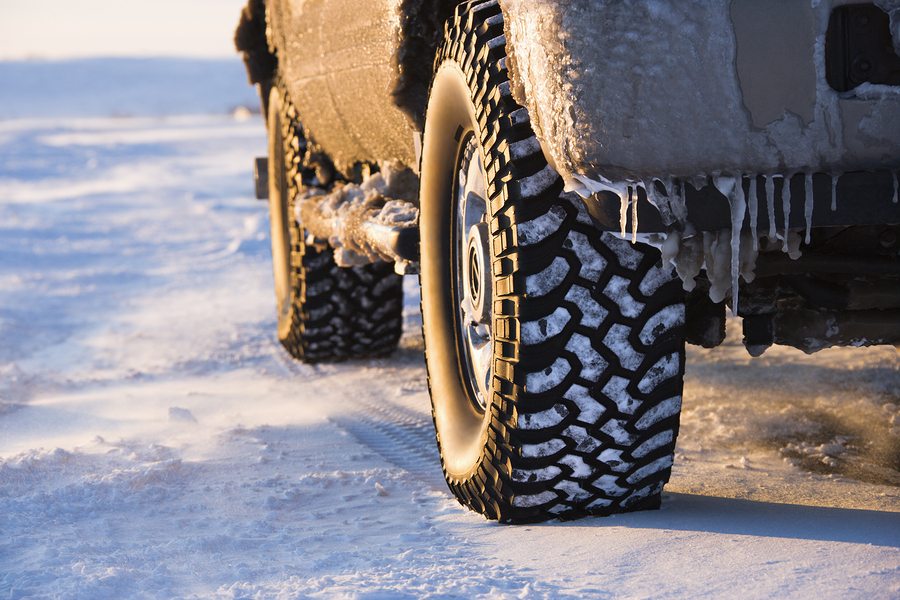
Regardless of the current weather forecast, driving conditions can change in a flash. By following some very basic guidelines, you can reduce the risk of an accident significantly, and ensure that you and your cargo get to your destination safely.
Driving in Bright Sun
- Depending on the season, and the sun’s position in the sky, certain times of the day can present problems that impact your visibility while driving. Be sure to wear sunglasses and use your visor to attempt to combat the glare of the sun in your line of sight.
- Sometimes, the reflection of the sun off of another vehicle creates a visual disturbance while you’re driving. When this happens, it is a good idea to slow down to change the angle at which you see the other vehicle. Or consider changing lanes to reduce the glare. Sunglasses and a visor will also help.
Driving in Fog
- The first rule to observe in foggy conditions is never use your high beam headlights. If you did turn on your high beams, it would be counterproductive, because the light would reflect back at you, making it more difficult to see.
- Always use your low beams in fog. This way, other drivers can see you coming and you can see a bit more of the road.
- Reduce your speed. If you can see six or more car lengths in front of you then you can safely drive up to 30 miles per hour. If you can see fewer than six car lengths ahead, do not exceed 15 miles per hour.
- Use your windshield wiper to remove collecting condensation from your windshield. Even if you don’t realize it is collecting it could be reducing your visibility.
Driving During the Rain
- Slow Down! Rain impacts visibility and increases the chance of skidding, so a slower speed is necessary. Slowing down also reduces the chances that you will hydroplane—which is when your vehicle moves too quickly to clear water from the road and you end up driving on water instead of pavement.
- Be especially careful at the beginning of a rainfall. Because oil and water on the road don’t mix, the roads will be especially slippery when the rain first begins.
- If you normally follow the three-second rule for keeping a safe distance from the car ahead of you, increase that to a six-second rule during rainy weather.
Driving in Snow
- Snow that is heavy and slushy can become packed together to create a slippery road surface. When encountering this kind of snow while driving, drive slowly and use extra caution.
- Be careful when accelerating. Cars often slip or skid when accelerating too quickly in snowy conditions. If you do begin to slip, take your foot off the gas pedal and then start accelerating again more slowly. Avoid braking, as this action may make skidding worse.
- Use your low beams when driving in snow and avoid the use of high beams. The bright light s would reflect off of the snow and reduce your visibility. Use low beams to see more of the road and make your car more visible to other drivers.
- Since snow decreases your visibility and reduces your stopping speed, it is important to maintain a safe distance behind other vehicles.
Driving on Icy Surfaces
Black ice, which often forms on roads and is undetectable by sight, can be extremely dangerous. If you notice that the spray from other vehicles on a wet road begins to stop or wane, it may indicate the development of black ice. When that happens, follow the instructions below. Also, remember that bridges and overpasses can be icy even when normal roads are not.
- Begin braking slowly and well before you need to stop. When a road is covered in ice, it may take up to ten times longer to come to a stop after braking.
- Make sure you have a good understanding of your vehicle’s brake system and the best way to use it. For example, anti-lock brakes should never be pumped.
Before you take to the road, think about the conditions you may encounter, and take precautions. A little extra care could prevent an accident, and even save a life


